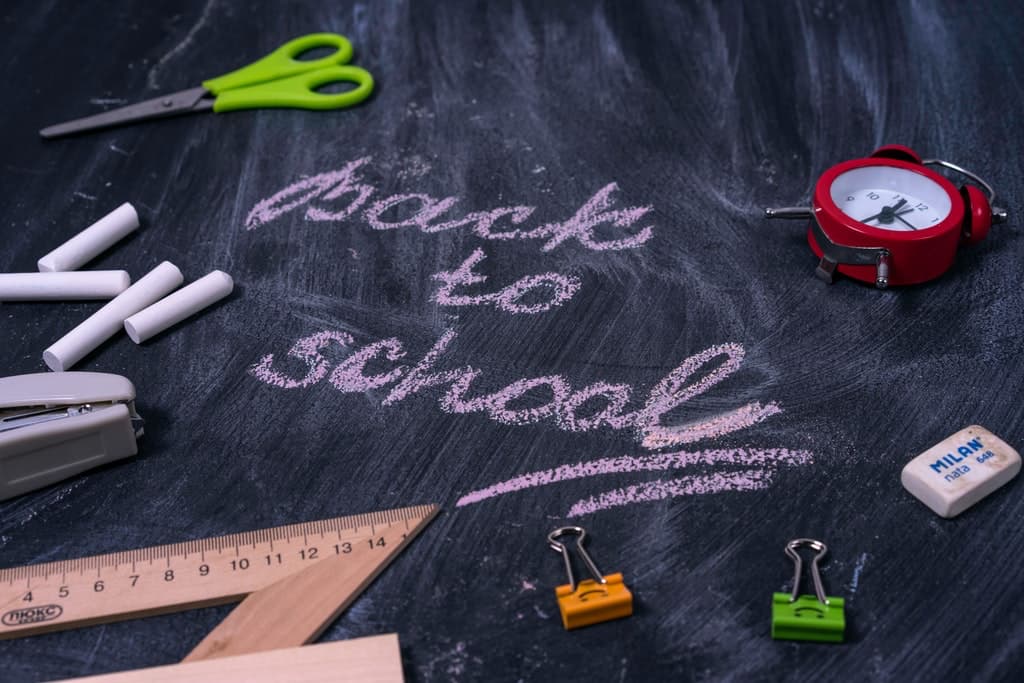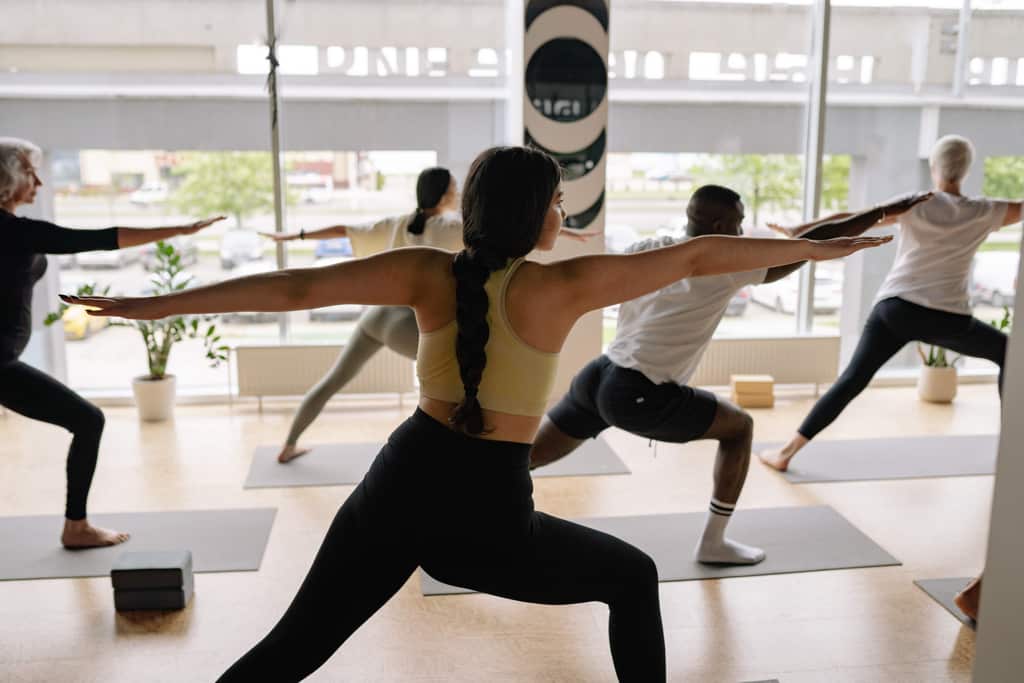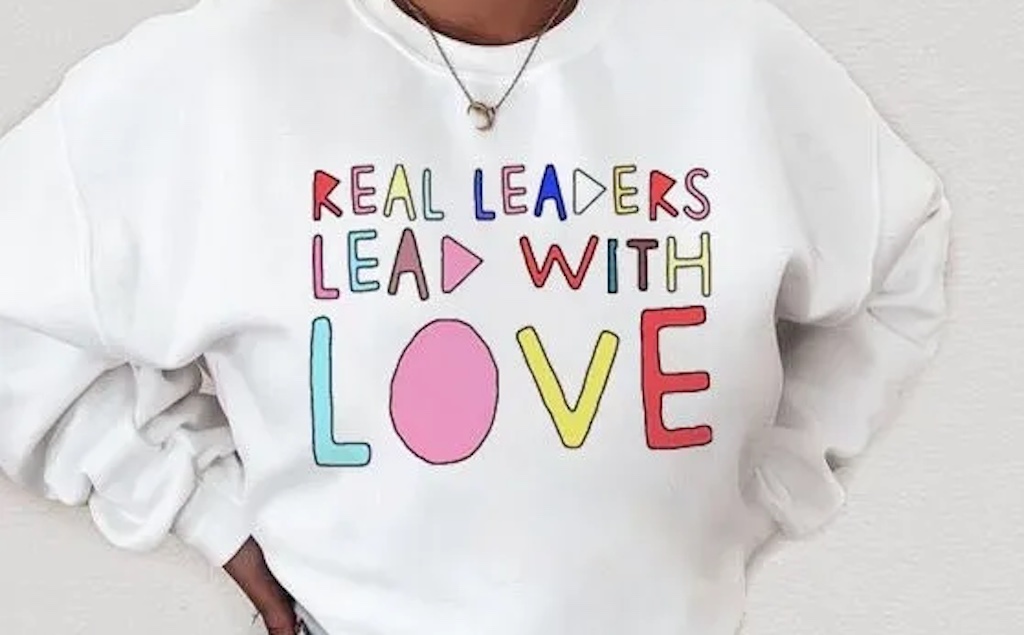What’s the vibe at your house for back to school? Each child is different so it could vary from exciting to excruciating. Stepping up to the next level can be exciting for the adventurer and excruciating for the worrier.
Some children cannot wait to get back! They may be as excited as their parents that school is back in session. For others, summer could last a lifetime. Here’s how to deal with some of the low and high vibes to get to the next level.
Listen to how your child feels about going back to school. The last couple years have been tough with masks and mandates and lots of extra energy for safety. It’s normal for your child wonder about what to expect especially with so many changes.
Ask questions about what they are looking forward to and what they may be worried about. New teachers. New classrooms. New material. New schedules. New activities. New friends. It’s. A. Lot. Find out what they care about most.
Assure them. Stepping up is a challenge for everyone. Share stories and times where you stepped up, and even better, when they did. Building on past experiences builds confidence. Look for the little things that will bring them comfort as they take their education and experience to the next level.
Lastly, and as always, practice yoga. The courage and confidence you learn on the mat translates to everyday life. Breathing into challenges, and overcoming them, is very satisfying both on and off the mat!
What makes a bad yoga class? For some, it’s the teacher and their instruction. For others, it’s the studio environment like its location, decor or smell. Sometimes it’s the community. Overall, the energy isn’t a right match. For me, it’s instruction that doesn’t focus on proper form which can create injuries.
I remember a pre-pandemic moment arranging my hectic morning schedule to make it to my favorite yoga class, taught by my favorite teacher, on-time. I showed up. Surprise! There was a substitute. Ugh! Most people left. I was already there and decided to make the best of it.
I switched my mindset.
I opened myself to a different experience. I didn’t judge her. I just stayed with myself with a new guide. I learned the teacher is within. With practice, you can make your own modifications and allow your inner teacher to emerge. Knowing what’s right for you and meeting yourself on the mat is all that’s needed. Whatever mood you are in. This is key for kids too!
A 10 year old girl recently shared this with me after our first yoga class together, “My mom does yoga. When she comes home, I ask her how it was. She always says, ‘Never a bad class.’ Now, I get it!” I loved that!
Free to be or not to be? That is the question. Can you love who you love? Can you choose whether or not to bring a child into this world? Recent events have me asking questions about what freedom is and how quickly it can be taken away.
What is freedom?
The United States of America is supposed to be the land of the free, but are we? When six people can force a nation of women to carry an unwanted child, something is wrong. When what the majority of Americans want is not honored, something is wrong. When the separation between church and state deteriorates, something is wrong. Something is wrong when a former president incites violence in our nation’s capital to maintain power. Something is wrong.
Redirection and distraction.
The unprecedented issue with the Supreme Court of the United States is taking away rights that were previously granted – with more at risk. If you live in one state, you may be free and equal. If you live in another, you may not. How is that united? How can we direct much-needed energy toward our climate, or the economy, when we have to re-direct it to reclaim what is now lost? It’s a distraction of monumental proportion.
Creating energy for what you believe in.
Distractions are deterrents. Yoga helps decipher distraction from action. It stirs everything up so it can come to the surface. It creates freedom in your body, mind, and heart to prevent dis-ease. Yoga helps us feel lighter when the issues of the world are heavy. Being more buoyant creates energy to stand up for what we believe in. For me, that’s equality and freedom. What is it for you?
We’re halfway through Pride month. We’re celebrating the power of connection and its impact on your health, education, and identity. I supported a mother who’s son recently transitioned into his true self. It wasn’t easy. Yoga helped. Here’s how:
Acceptance - This was so hard. It started with listening deeply to her daughter at the time. Her struggles. Her anxiety. Her depression. Her disordered eating. Her social suffering. Her just not feeling right in her body. Nothing was working to overcome these intense feelings until she said it out loud. “Mom, I need to be a boy.”
Leadership - Then, heartbreak. This mom and I walked through grieving the loss of her daughter and her fear of failing as a mother. Could she have done something wrong or different that would have changed this outcome? She was brave. She lead with love. They got professional support that made a positive impact.
Compassion - I witnessed two transformations: one with mom who not only accepted her son, but stood up for him with his grandparents and anyone else who challenged her dedication to her child’s health. The other was the shift from female to male. He is thriving now.
Transformation comes from acceptance, leadership and compassion. We learn those skills in yoga on the mat. Yoga transforms the body, the mind and the heart. The burn that makes us stronger. The acceptance of our limitations. The ability to breathe and overcome challenges. Cultivating compassion for ourselves and others.
This is what PRIDE is. Knowing who you are. Being proud of who you are. Loving yourself first so you can love others. Let’s do this.




